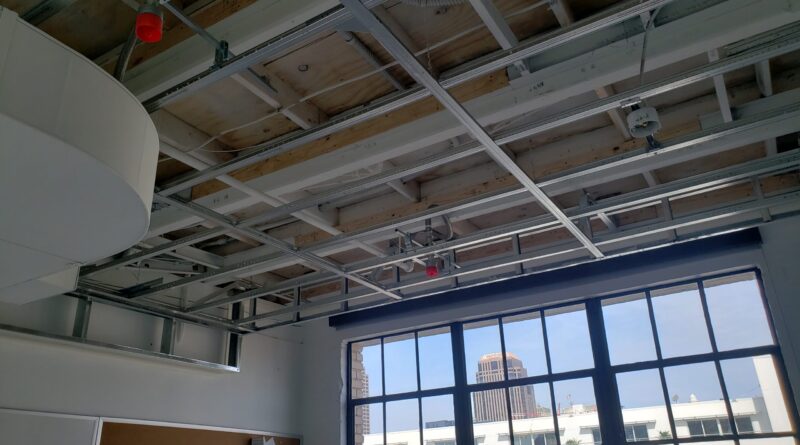Sound carries through the air, and some sounds can be extremely loud. Noise is typically a disturbance, and if you’re trying to concentrate or enjoy some peace and quiet, it can make you feel like you’re going crazy. You might find yourself stuffing your fingers in your ears or reaching for earplugs because you can’t bear the noise. In this case, sound dampening can be a big help to you. It’s the process of reducing the noise that carries to or from a room or space.
With sound dampening, materials such as sound dampening panels, are used on the walls to absorb sounds. These materials work as absorbers, stopping sounds from reflecting and escaping, resulting in a diminished volume of noise. So you can listen to heavy metal at full blast, watch TV at a high volume, or yell at the top of your lungs without worrying about the person in the next room. You can be as loud as you want, thanks to sound dampening.
Sound dampening is not the same as soundproofing. Whereas soundproofing involves eliminating the transmission of sound, sound dampening involves the reduction of sound. It works by reducing the frequency of sound vibrations in a room.
Sound dampening is used in recording studios, movie theaters, homes, any space in which loud equipment or appliances are used, and even cars.
Sound Dampening Materials
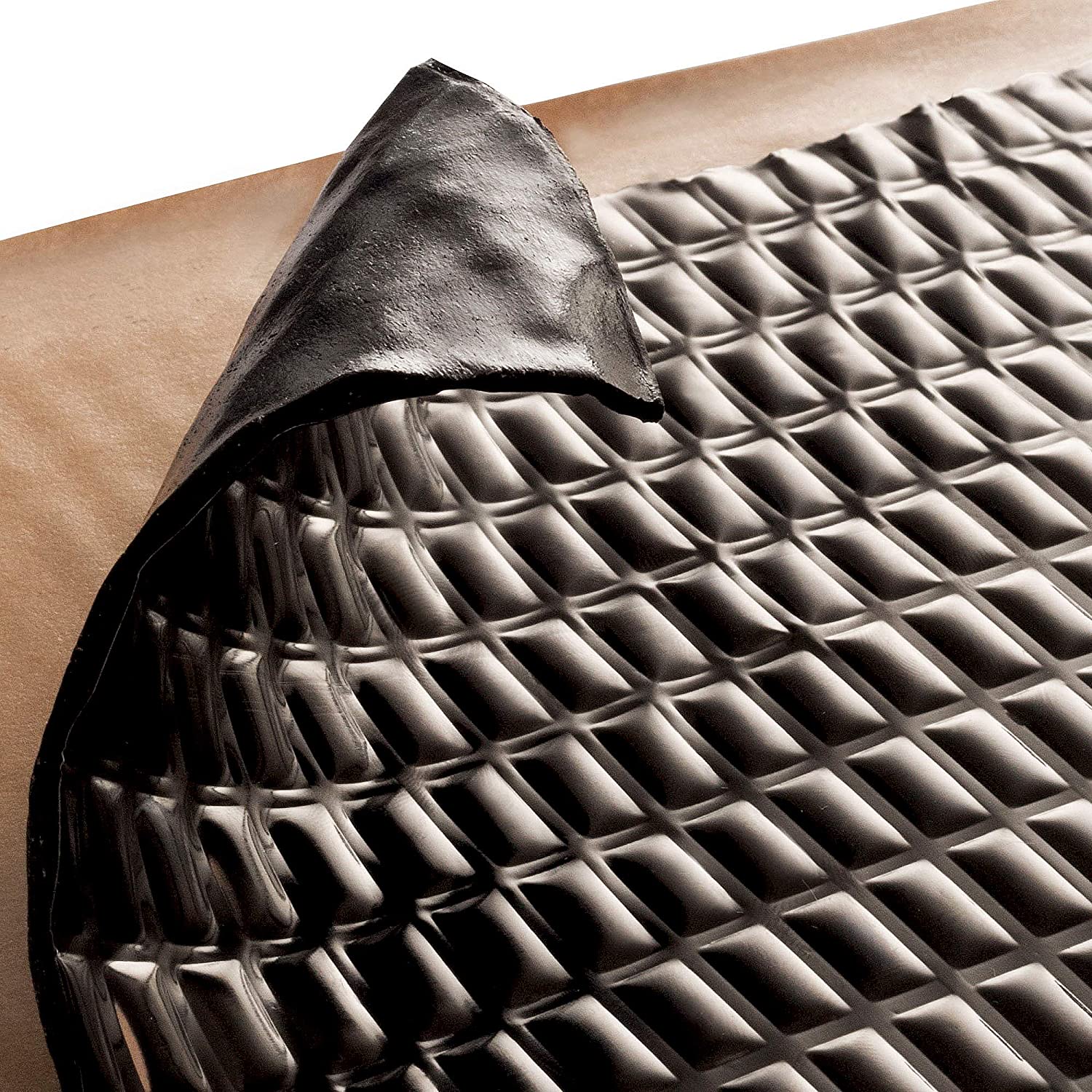
source: walmart.com
Certain materials are used for sound dampening. These are materials specially designed to reduce noise transmission, and what makes them ideal are their porosity, thickness, and density.
The Noise Reduction Coefficient (NRC) is used to rate their effectiveness, with 0 being the lowest and signifying minimal sound absorption and 1 being the highest and signifying maximum sound absorption.
Here are some materials used for sound dampening:
Acoustic panels
Acoustic panels are flexible, mat-like bits of foam that are placed on walls and ceilings to absorb sound waves. They are made from polyurethane, a soft, porous material that prevents sound from reflecting off surfaces. They can be smooth or wedged. Their size varies, and it’s an important factor when installing them in a room. The space you’re working with determines how you place them. Add as many as you want to improve your space’s sound quality.
Acoustic tiles
Similar to acoustic panels, acoustic tiles are placed on surfaces to absorb sounds and prevent echoing. They are made from materials such as polyester and fiberglass.
Acoustic foam
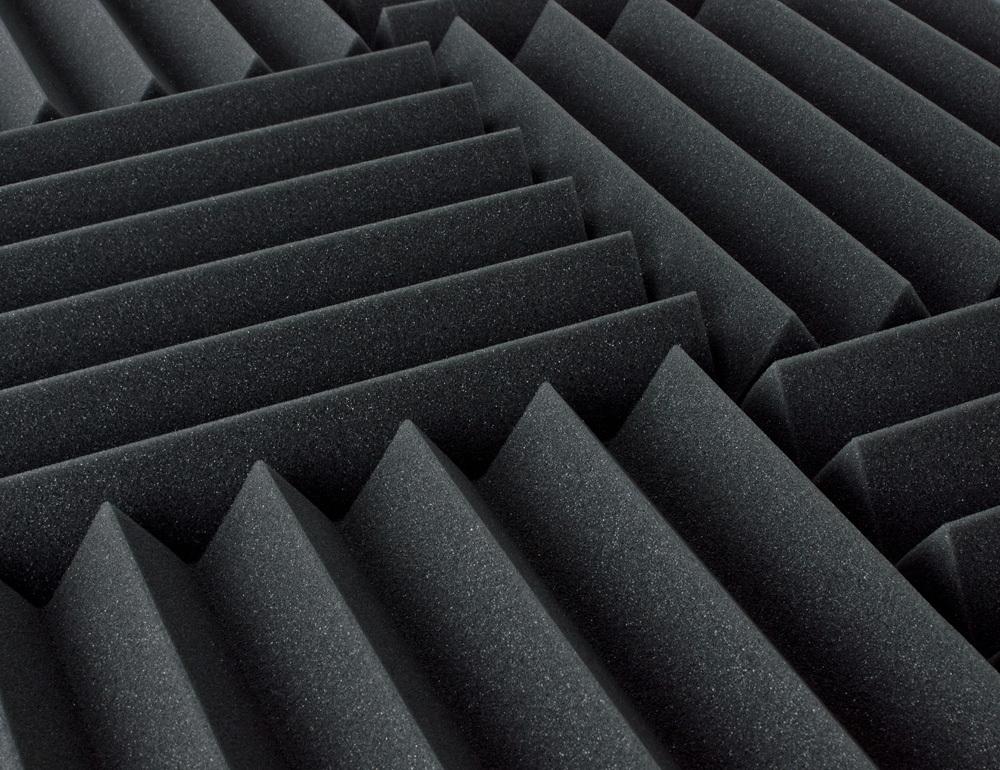
source: amazon.com
There are two types of acoustic foam: injection foam and spray foam. Injection foam is sprayed inside cavities, filling them up completely, while spray foam is sprayed onto surfaces.
Spray foam has two types: open-cell and closed-cell. Open-cell spray foam is a light, soft, and porous substance that expands. It is cheaper than closed-cell spray foam and allows air to pass through it. Closed-cell spray foam is denser, harder, and more expensive than open-cell spray foam and doesn’t allow air to pass through. You’ll need to apply a sufficient amount to be effective since it doesn’t expand, unlike open-cell spray foam.
Spray foam retains its form over time, making it a long-lasting sound dampening option.
Dampening felt
Felt is a budget-friendly sound dampening option that can be put up and taken down with ease. It acts as a sound absorber. It is made of wool, synthetic fiber, or both. The fibers, of which there are many, are pressed and matted together, resulting in a material that is dense, resilient and flexible.
A felt board can also double as a bulletin board, on which you can pin notes, reminders, and pictures.
Acoustic fabric
Acoustic fabrics absorb sounds due to their thickness. The thicker the material, the more effective it is for sound dampening. Acoustic fabrics can be used on walls, used to make curtains and wrap wall panels, and used as covers for speakers.
Drywall
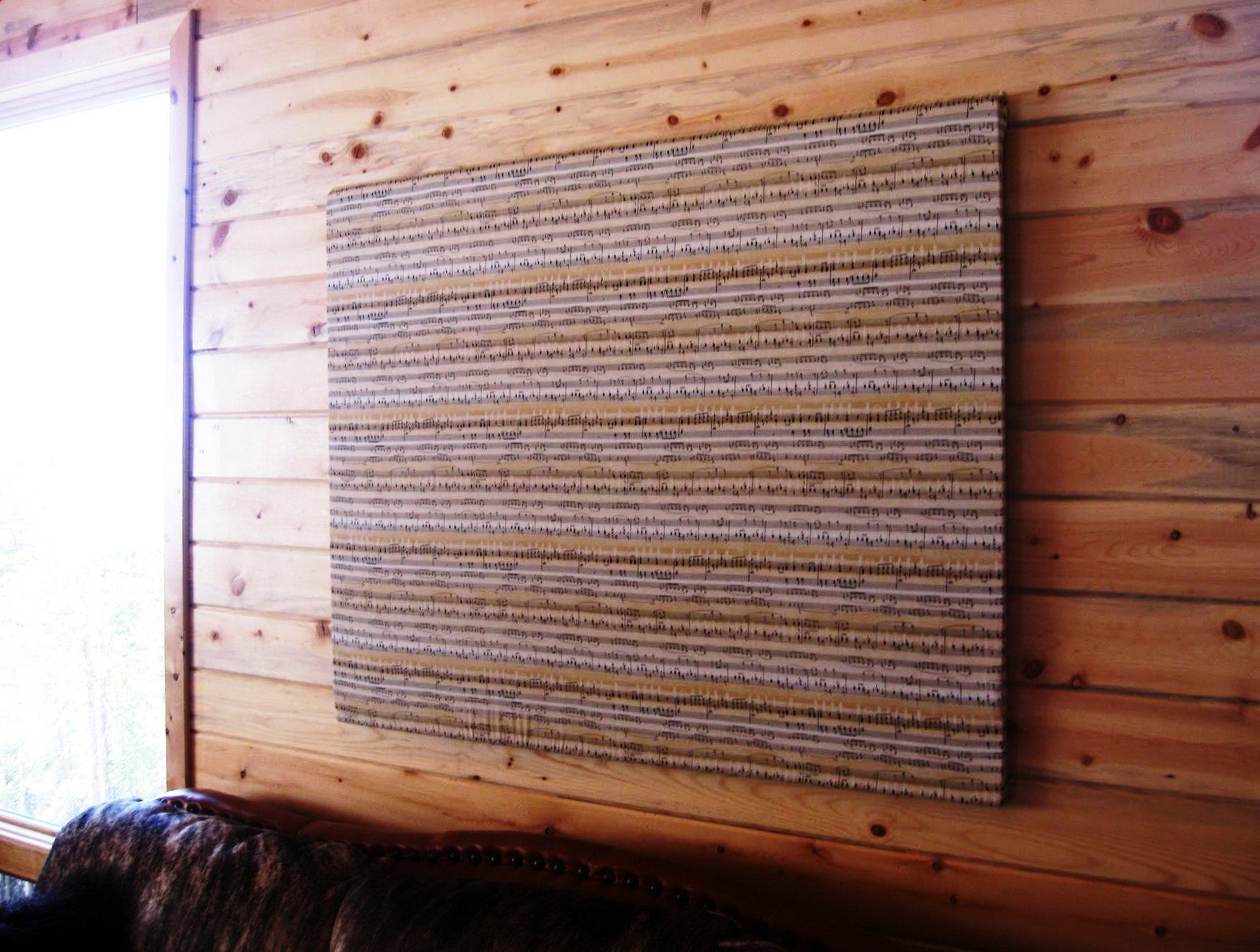
source: pinterest.com
Slapping on extra drywall can reduce sound transmission. You can also replace your drywall with a sound dampening variant layered with ceramics, gypsum, and viscoelastic.
Mass Loaded Vinyl (MLV)
MLV is denser than foam and serves as an alternative to drywall. It’s made from a viscoelastic material and blocks out noises from a room.
Damping compound
This substance is applied between two surfaces: a wall and the drywall or MLV that goes over it.
Is Sound Dampening Expensive?
The cost of sound dampening depends on its scale. The more sound dampening materials you need, the higher the cost. The types of materials used and the cost of labor can make it an expensive procedure. Additionally, some materials need maintenance, which can be expensive in the long run, while others do not.
Sound Dampening Places
Buildings
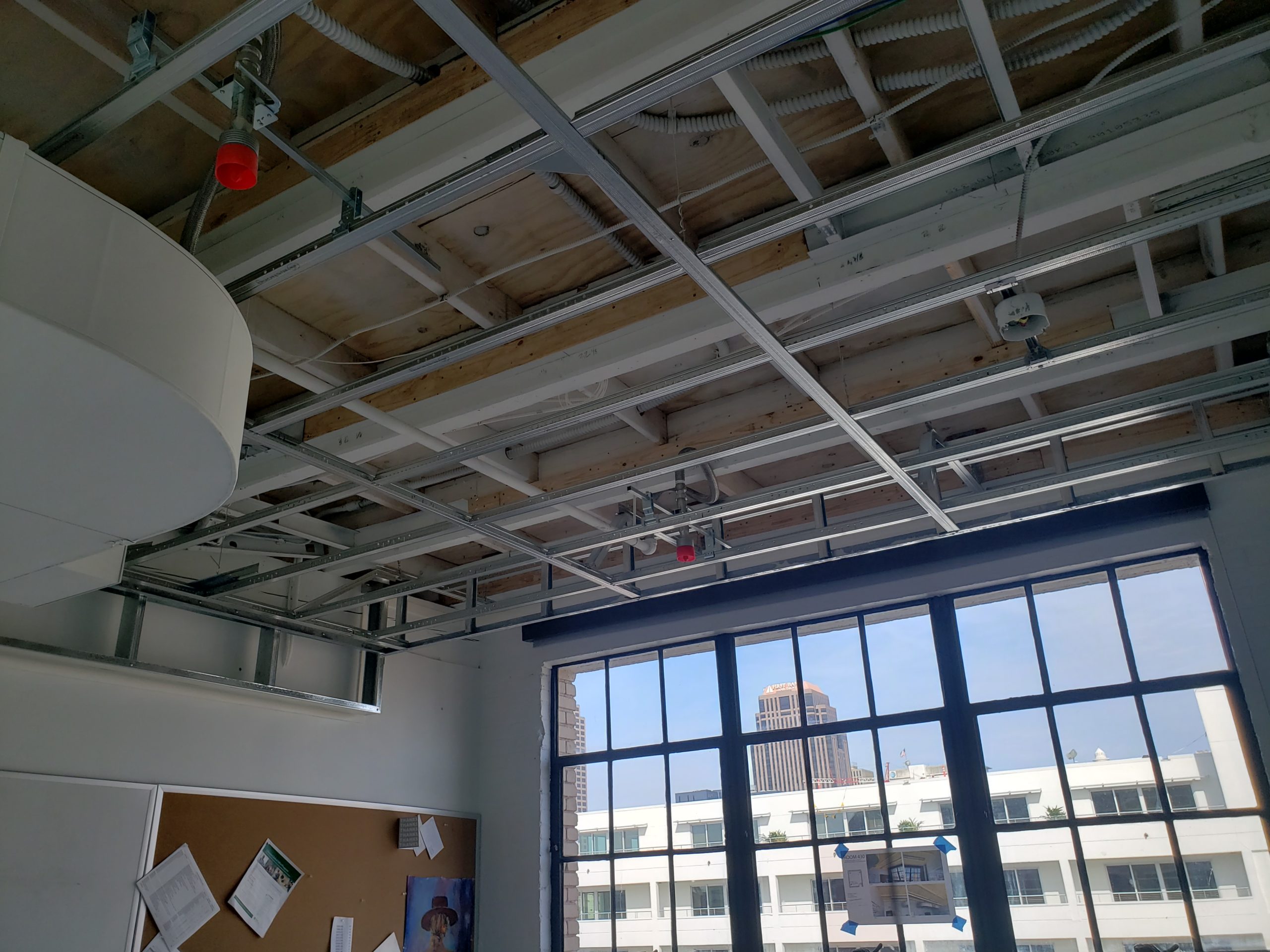
source: pinterest.com
Sound dampening a building is a costly, time-consuming affair due to the number of materials needed, the large area to cover, and the cost of labor.
Rooms within a building might differ in structure, so you can’t apply the same sound dampening method to all of them. They will likely conduct sound differently. Some rooms might need more sound dampening materials, while others require less.
Rooms
Rooms are the least expensive space to apply sound dampening. A room is the least expensive and requires fewer materials, time, and effort than sound dampening an entire building. You can prevent sounds from entering and leaving your room with a few acoustic panels, tiles, or pieces of dampening felt on your walls, ceiling, or floors. Rather than spend a ton of money on sound dampening a whole building, sound dampens the rooms that need it.
Benefits of Sound Dampening
- It is more affordable than soundproofing: While it does not eliminate sound transmission, like soundproofing, sound dampening is nonetheless an effective process. It is also much more affordable than the latter, requiring fewer materials.
- Privacy: Conversations you have in sound dampened rooms are unlikely to carry, ensuring that no one listens in.
- You won’t be getting any noise complaints thanks to sound dampening. Go ahead and use loud equipment or appliances, play your music loud or turn up the volume when you watch TV. You don’t have to worry about the noise being a nuisance to other people.
- Certain regions have laws concerning the amount of noise you can put out before it becomes a disturbance. Suppose you sound dampen a room or building where you do loud work. In that case, you’ll be able to avoid breaking any rules and regulations regarding noise output.
- No noise interference: Noise won’t interfere with your focus, sleep, or work. You don’t need to worry about external sounds when recording your music or podcast. You can sleep and meditate better, too.
- Improved productivity: Concentration improves productivity. Without distractions from noise, you can accomplish a lot while working.
Sound Dampening is Effective
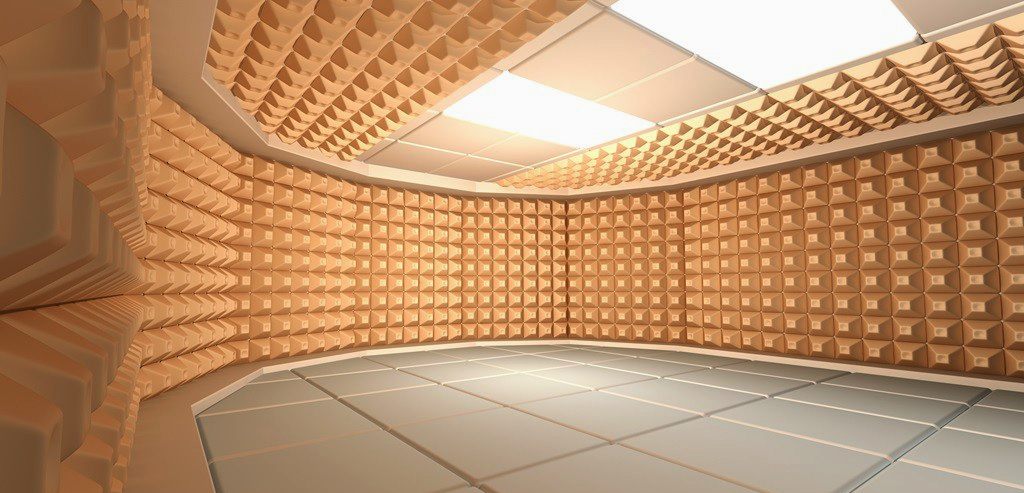
source: pinterest.com
We all need a little peace and quiet now and then. We’d also like to go about our business without anyone knocking on our door to ask what all the noise is about. Installing sound dampening materials can prevent distractions, boost productivity, improve sleep, and allow you to enjoy loud music.
While sound dampening reduces rather than stops sound transmission, it can serve your needs well and is an affordable alternative to soundproofing. Before you set about sound dampening a room, consider its space, how much sound dampening you need, what materials you’ll need, their quantity, and your budget. Visit feltright to look at the different options you can do. You don’t have to worry about bringing in a pro if it’s out of your budget; you can install some of them, like felt and acoustic tiles and panels yourself.

